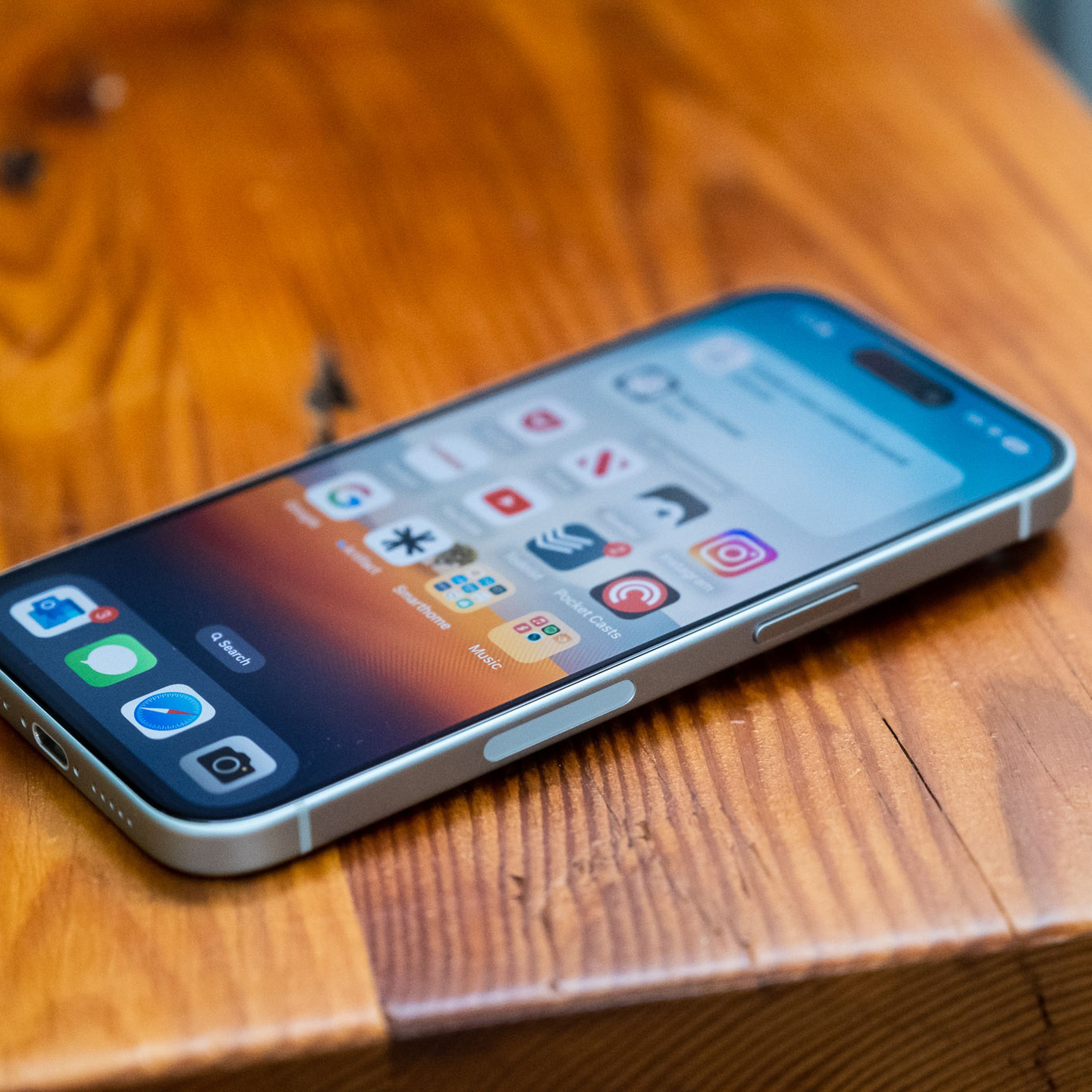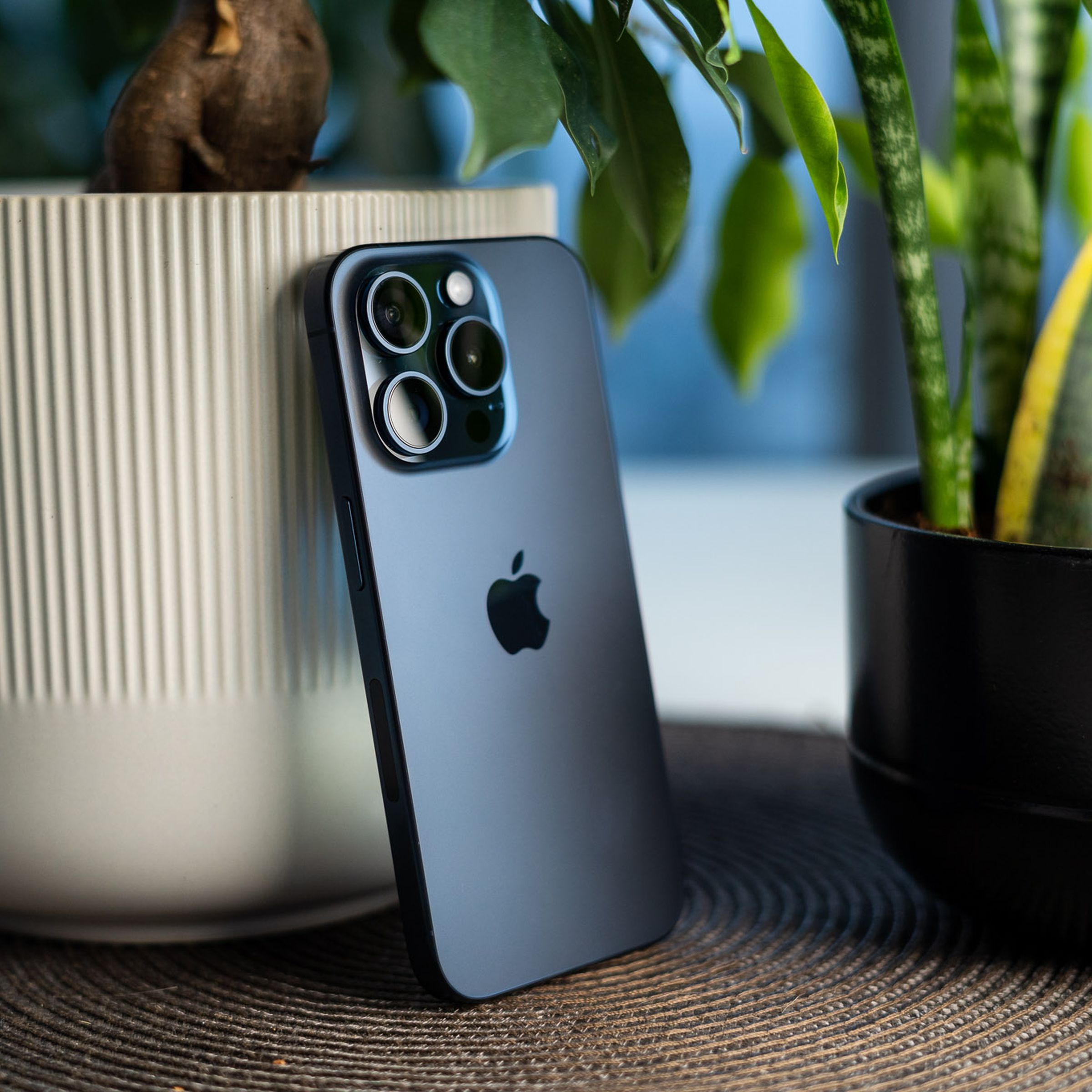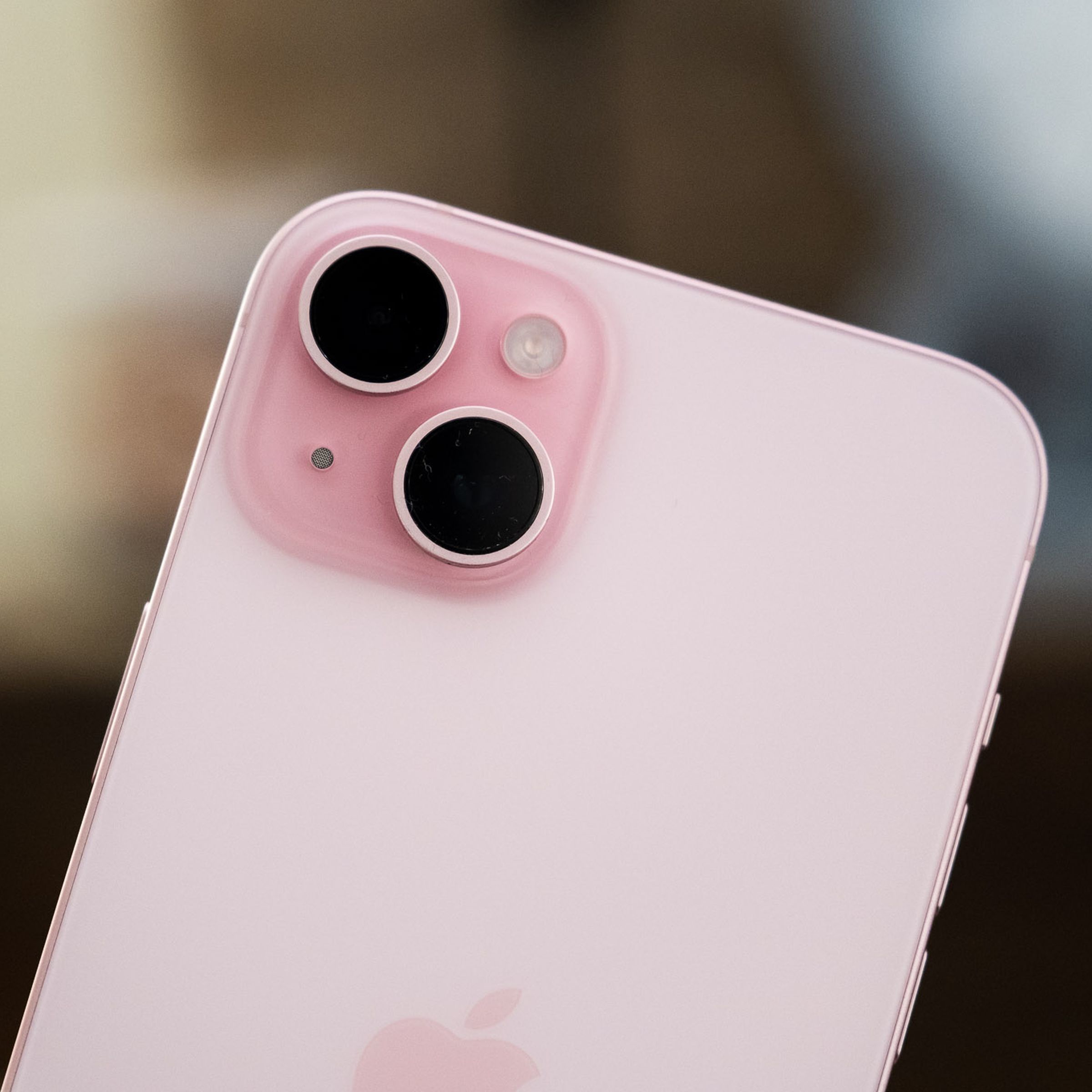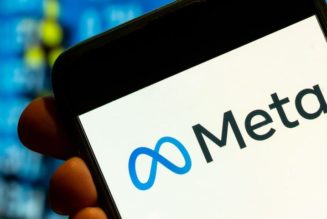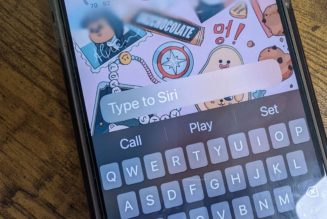Whether you want a battery that lasts for days or the very best deal, we’ve got some recommendations for an iPhone you’ll love.
Editor’s note: Amazon Prime Day will occur on July 16th and 17th; however, if you were hoping to snag some steep savings ahead of the event, take a look at our guide to the best early Prime Day deals.
The iPhone 16 rumors and leaks have been arriving steadily in recent months, but something much more consequential is on the horizon: iOS 18. It’s out now in beta for developers, and the full update is expected this fall with the iPhone 16. And you won’t need a recent iPhone to download it — all that’s required is an iPhone XS or newer. By the looks of it, you’ll get a lot of fun home screen customization options, a redesigned photo library, and much better messaging with Android devices. Good things indeed.
But there is one catch — you’ll need an iPhone 15 Pro or Pro Max to take advantage of the newest, buzziest features, whch are all categorized under “Apple Intelligence” (that’s Cupertino-speak for AI). These features might not arrive right away when iOS 18 goes public, but when they do, people with iPhone 15 Pro models (and at least some iPhone 16 models) will be able to take advantage of a supposedly much smarter Siri, built-in access to ChatGPT 4o, and AI-generated emoji. Unfortunately, older iPhones — and eventhe regular 15 models — won’t be able to use them.
All this is to say, if you’re considering a new iPhone, that’s something to consider. It’s hard to say how good any of these AI features will be, but if you want to future-proof your purchase as best as possible, a 15 Pro or Pro Max might be the way to.
Battery performance can vary by a significant margin between current iPhone models, mostly down to the size of the phone. Everyone wants a phone that can last a full day, and these recommendations reflect that.
One size does not fit all. Some people like a small phone, others want the biggest screen money can buy. This list includes iPhones for people in both camps.
It’s also worth bearing in mind that when the iPhone 16 hits in the fall, so will the carrier deals. If you’re paying for your phone out of pocket, this might be a good time to find some discounted previous-gen models on offer. But if you’d rather subsidize a new phone with your wireless plan, best to hold off for a few more months.
Screen: 6.1-inch 2556 x 1179 OLED, 60Hz refresh rate / Processor: A16 Bionic Cameras: 48-megapixel f/1.6 main with sensor-shift IS, 12-megapixel ultrawide, 12-megapixel selfie / Battery: not advertised / Charging: 27W wired, 15W wireless MagSafe, 7.5W Qi / Weather-resistance rating: IP68
The iPhone 15 is a bit of a remix. It picks up some new bits from the previous generation’s Pro models, like the Dynamic Island and an A16 Bionic sensor, and adds some flavor of its own with a new high-res image sensor and that much-touted USB-C port. It’s not entirely new, but it’s a solid step up from the iPhone 14 — in short, exactly the kind of update we’ve come to expect from the non-Pro iPhone series.
The 15 doesn’t get everything that the 14 Pro introduced. The always-on display that keeps your dimmed lock screen, well, always on is still reserved for the 15 Pro and Pro Max. The 48-megapixel sensor on the 15 and 15 Plus is new but is physically smaller than the one used by the Pro phones. And the iPhone 15 is still stuck with a standard 60Hz screen in a year when most midrange Android phones come with at least 90Hz displays.

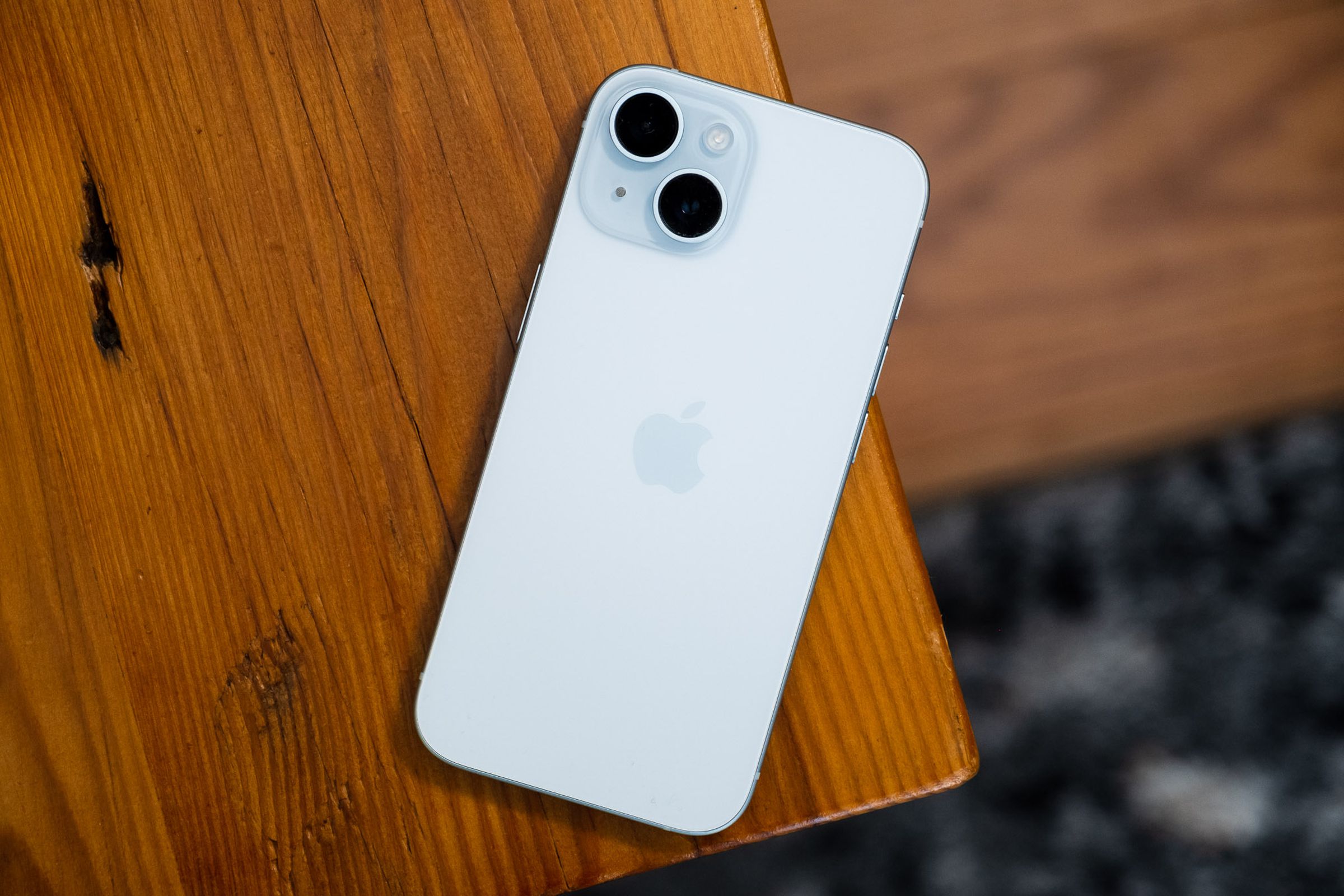
There’s plenty that you don’t get on the 15, but what you do get is compelling — especially if you’re upgrading from a standard 11 or 12. The new camera’s 2x crop zoom is a great option for portraits, and the Dynamic Island will helpfully put important info at the top of your screen when you need it. The jump to USB-C may be mildly annoying as you sort out your charging cables but will be an overwhelmingly positive change in the long run.
The iPhone 15 is far from the most exciting phone announced in 2023, but it represents a smart mix of updates for its price. If you’re the kind of person who wants to get the very most out of their phone, then you’ll want to look to the Pro models. But if you just want an iPhone that will get you comfortably through your day, take great photos, and keep up for years to come, then the iPhone 15 is your best bet.
Read our full Apple iPhone 15 review.
Screen: 6.1-inch OLED, 120Hz refresh rate / Processor: A17 Pro Cameras: 48-megapixel f/1.8 with sensor-shift IS, 12-megapixel 3x telephoto with OIS, 12-megapixel ultrawide, 12-megapixel selfie / Battery: not advertised / Charging: 27W wired, 15W MagSafe wireless, 7.5W Qi / Weather-resistance rating: IP68
There both is and isn’t a lot that’s new in the iPhone 15 Pro. Like the 14 Pro, it has a 6.1-inch ProMotion display and three rear cameras and comes with the Dynamic Island and always-on display.
But pick the 15 Pro up, and you’ll immediately realize that this is indeed a very different device. It’s 19 grams lighter than the 14 Pro, so it’s appreciably easier to hold, and the edges are gently curved for a more comfortable grip. There’s a new Action Button on the side where the mute switch used to be and an entirely new port on the bottom. They’re small changes that add up to a lot.

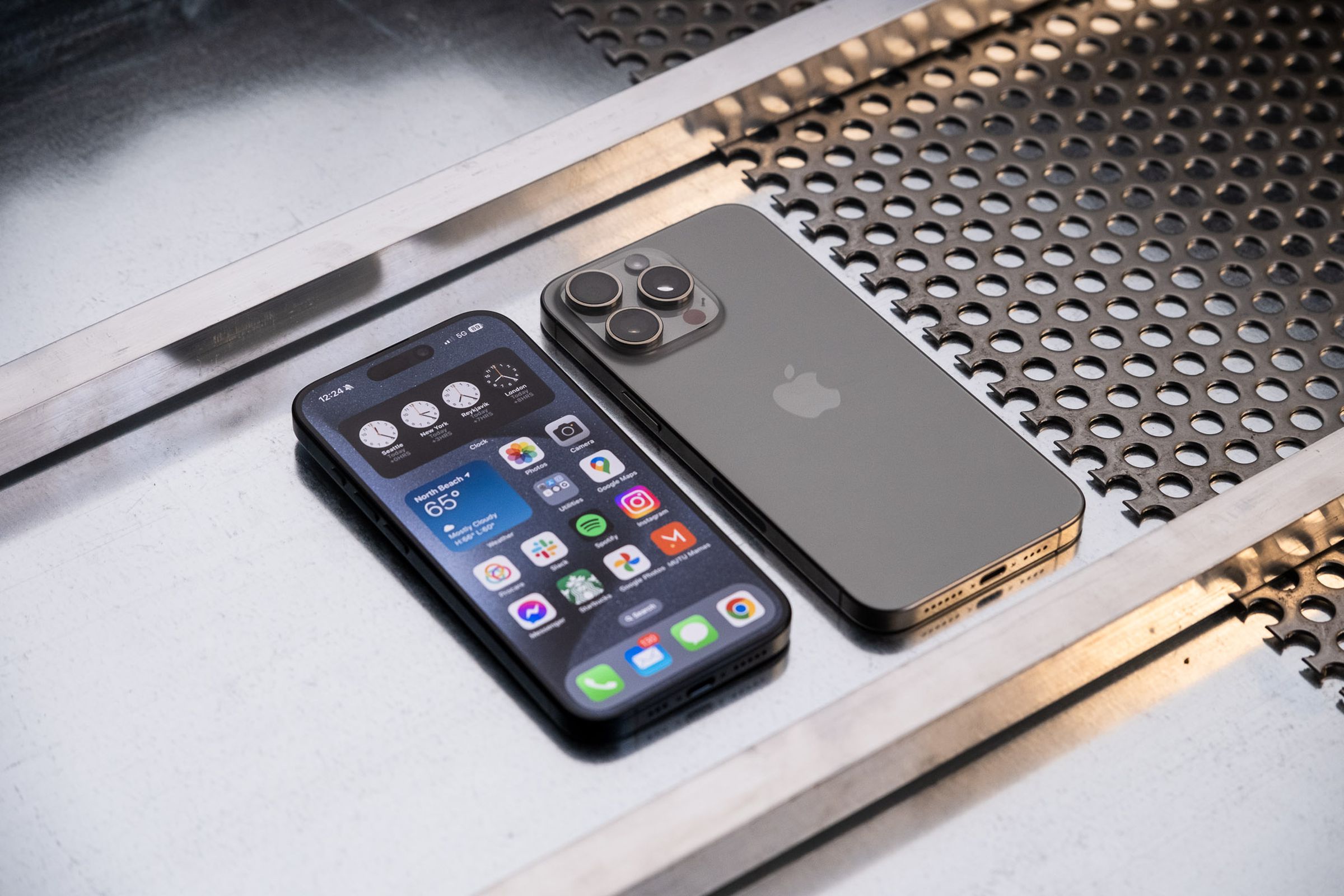
Under the hood, there’s a new A17 Pro chipset that makes it possible to play AAA games on your phone — and down the line, take advantage of Apple Intelligence. There are some nice software-based camera improvements, too, including two new 28mm and 35mm “lenses” for the main camera to complement the 3x telephoto lens (about 77mm). And like the regular 15 and 15 Plus, you can now apply Portrait Mode to photos after you take them. Videographers will also appreciate access to a new ProRes Log recording option that makes it easier to incorporate iPhone footage into multi-camera shoots.
Those are some powerful new features, but you don’t have to be a “Pro” anything to enjoy using this device. It’s worth the extra expense over the regular 15 if you appreciate a bit more customization and flexibility from your device — you can do a lot with that Action Button — and you’ll take advantage of the extra camera options. No professional credentials needed.
Read our full Apple iPhone 15 Pro review.
Screen: 6.7-inch OLED, 120Hz refresh rate / Processor: A17 Pro Cameras: 48-megapixel f/1.8 with sensor-shift IS, 12-megapixel 5x telephoto, 12-megapixel ultrawide, 12-megapixel selfie / Battery: not advertised / Charging: 27W wired, 15W MagSafe wireless, 7.5W Qi / Weather-resistance rating: IP68
In recent years, the two Pro model iPhones included broadly similar camera hardware. That’s changing this year as the bigger model takes a bit of a departure with a new 5x zoom lens. It takes the place of the 3x telephoto, which is still used on the 15 Pro. Aside from different screen sizes and batteries, that’s the only real feature difference between the 15 Pro and Pro Max. And for certain photographer types, it’ll be enough to make the bigger phone that much more appealing.


The 15 Pro Max’s 12-megapixel, 5x lens is equivalent to 120mm on a full-frame camera. It makes for dramatic portraits and allows you to play with subject compression in a way that isn’t possible with a 3x lens. There’s robust image stabilization, and image quality is good — the Google Pixel 8 Pro’s 5x camera comes out ahead in fine detail retention, but you have to look closely to see the differences.
There are a couple of caveats to this recommendation: first, the Pro Max’s steep $1,199 starting price will understandably be too steep for many people. It’s also worth noting that the regular 15 Pro performs better than the Pro Max at the 3x focal length — makes sense since it’s using optical rather than digital zoom. If that 77mm equiv. length is a favorite, then you might be better off with the standard Pro. But most photographers will appreciate the extra versatility of the 5x lens, and the 2x crop mode on both models does a good enough impression of a shorter zoom lens.
Oh, and there’s one more bit of good news: the 15 Pro Max is 19 grams lighter than the 14 Pro Max, which is significant. If its predecessor’s heavy weight put you off, then you’ll probably find the 15 Pro Max more appealing.
Read our full Apple iPhone 15 Pro Max review.
Screen: 6.7-inch Super Retina OLED / Processor: A16 Bionic Cameras: 48-megapixel f/1.6 main with sensor-shift IS, 12-megapixel ultrawide, 12-megapixel selfie / Battery: Not advertised / Charging: 27W wired, 15W wireless MagSafe, 7.5W wireless Qi / Weather-resistance rating: IP68
Only a couple of spec differences separate the iPhone 15 and 15 Plus — and $100 in MSRP — but boy, do they make a difference.
The 15 Plus has a bigger 6.7-inch screen and a bigger battery, which, by Apple’s metrics, means it can stream 20 hours of video versus 16 hours on the regular 15. But what that actually means is that you can get through well over a day of heavy use on the 15 Plus before you need to recharge, and many people will easily get through two full days on a single charge. That’s better than the similar-sized 15 Pro Max, which has a more power-hungry features like a ProMotion display, and it makes the 15 Plus easily the best iPhone at any price in terms of battery performance.

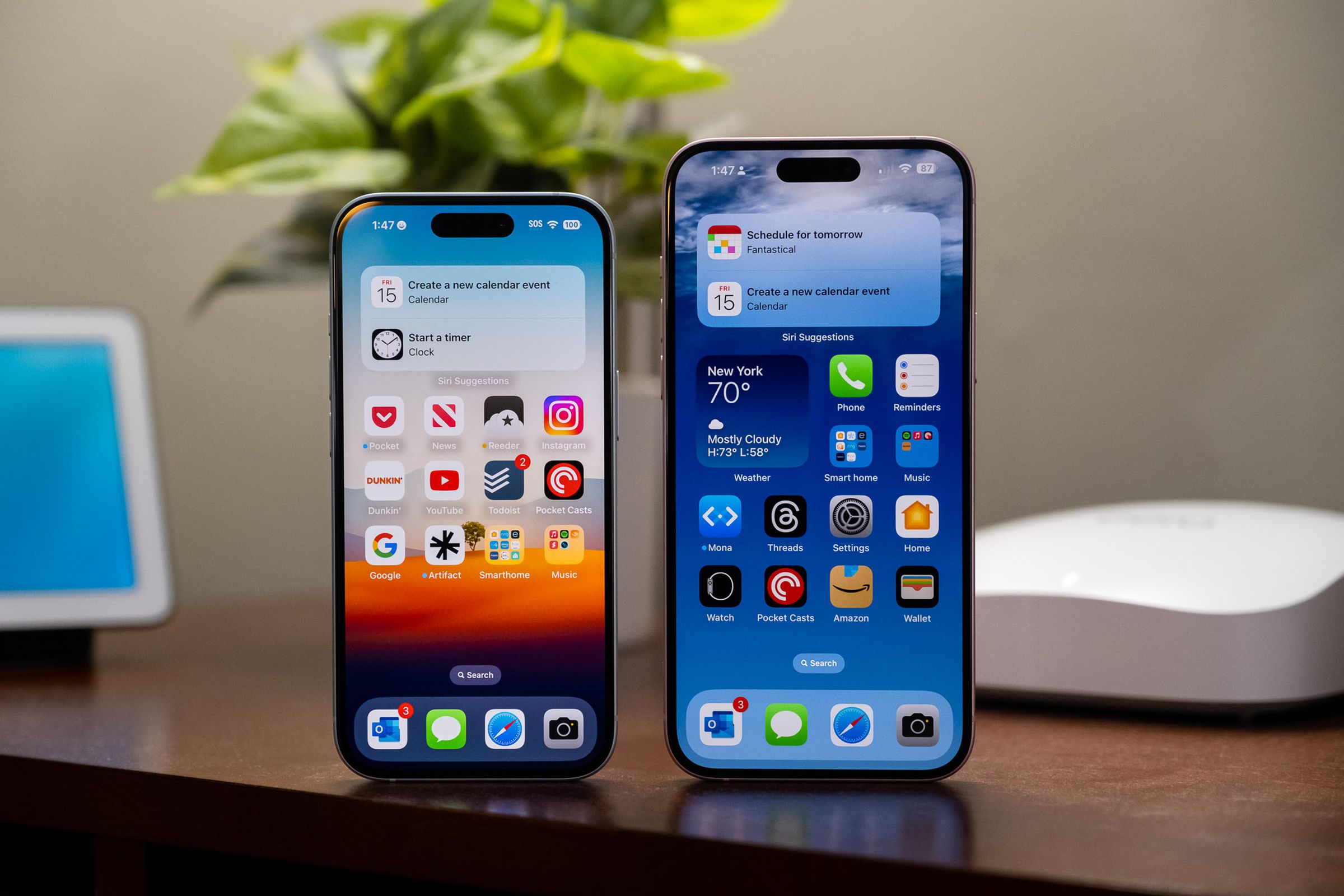
The bigger screen will, of course, be attractive to those who prefer a larger display, too. If your phone is where you watch most of your shows and movies, or if you use a bigger text size, then that might be a feature worthy of the extra cash, too.
The iPhone 15 Pro is just $100 more and comes with a lot of nice upgrades like the almighty Action Button, a high-refresh-rate screen, and a dedicated telephoto camera, for starters. But the 15 Pro can’t touch the Plus’ battery performance, and if a bigger screen is more important than the other upgrades, the 15 Plus is the best choice.
Read our full Apple iPhone 15 Plus review.


The 2022 iPhone SE will last for over five years if it’s taken care of thanks to Apple’s excellent track record of offering iOS updates to older devices. But its tiny 4.7-inch screen feels cramped now and may be tough to use in five years’ time while apps and webpages continue to be designed for bigger screens. Read our review.


The 2022 iPhone SE will last for over five years if it’s taken care of thanks to Apple’s excellent track record of offering iOS updates to older devices. But its tiny 4.7-inch screen feels cramped now and may be tough to use in five years’ time while apps and webpages continue to be designed for bigger screens. Read our review.
Screen: 4.7-inch Retina LCD / Processor: A15 Bionic Cameras: 12-megapixel f/1.8 with OIS, 7-megapixel selfie / Battery: Not advertised / Charging: Wired, 7.5W Qi / Weather-resistance rating: IP67
The third-gen iPhone SE, released in 2022, is sort of the default winner in this category. It’s the least expensive iPhone you can buy, and for its $429 starting price, it includes some major feature upgrades most midrange phones don’t offer, like wireless charging, a flagship processor, and an IP67 rating for good water and dust resistance. But the experience using the SE is hampered by its small display — a carryover from an old iPhone design that isn’t aging well. If you can pay the extra $170 for a new iPhone 13 at $599, you should absolutely do that. Still, on sheer ROI, the SE is hard to beat at its price.
This recommendation comes with some big caveats, starting with that screen. It’s small — at 4.7 inches, it’s significantly smaller than the iPhone 13 Mini’s display, even though the SE is slightly taller and wider than the Mini. That’s because the 2022 SE uses a very old iPhone design that dates back to the iPhone 6S. The screen feels cramped, and the LCD technology looks dated. It’s also the only iPhone left that retains the home button and its fingerprint scanner rather than Face ID, which might be preferable if you hate gesture navigation. Most of us are getting along just fine without a home button, so this one is really down to personal preference.


There are a couple other low points: the camera system doesn’t have a night mode, and there’s only 64GB of storage on the base model. The SE also uses Apple’s Lightning connector. That’s fine if you have a bunch of Lightning cables around, but Apple moved to USB-C starting with the 15-series, so Lightning is slowly on its way out.
All that said, if you’re accustomed to a bigger phone screen, the SE’s 4.7-inch LCD might be the thing that’s hardest to live with. But if a small screen doesn’t bother you, then there’s no better deal than the iPhone SE.
Read our full Apple iPhone SE (2022) review.
When the iPhone 15 series arrived, it displaced the 14 Pro models and the 13 Mini (RIP to the last great tiny phone), but the iPhone 13, 14, and 14 Plus are still sold new by Apple. They’ve naturally been discounted from their starting prices, with an iPhone 13 starting at $599, the 14 at $699, and the 14 Plus at $799.
If you’re paying out of pocket and want to save a bit of cash, then one of these previous-gen models would be a fine choice. The iPhone 13 will probably only receive three or four more iOS updates at this point, but if you’re likely to trade in for a new phone in about three years, then that’s no great loss.
There’s also a compelling argument for buying an iPhone 14 Plus at its new discounted rate. Its battery life is every bit as good as the 15 Plus’, and it has the same large screen that lots of people like. But it’s still a pricey phone at $800, and at this point, you might as well make the jump to USB-C on the 15 Plus and get the Dynamic Island along with it.

